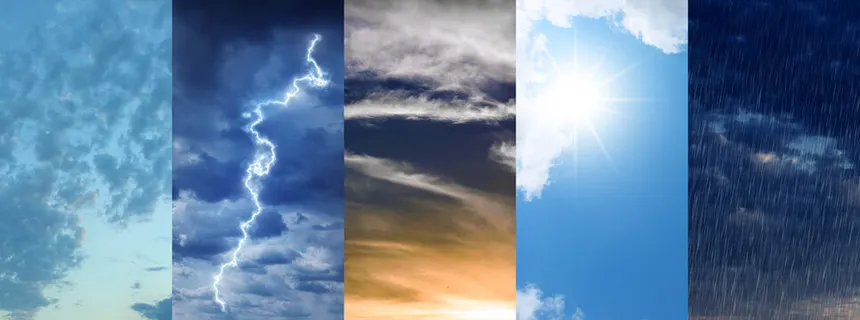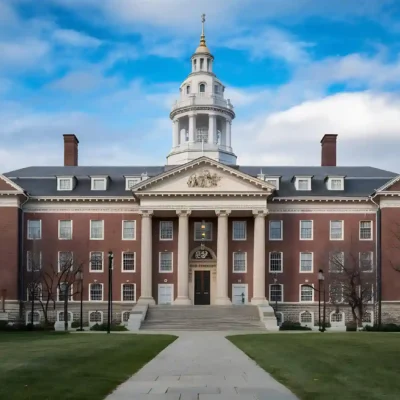The weather, once a predictable rhythm of seasons, has morphed into a chaotic symphony of extremes. From scorching heatwaves that blister landscapes to torrential downpours that drown cities, the world is witnessing a disconcerting surge in extreme weather patterns. This isn’t just a string of unusual occurrences; it’s a stark reminder of our planet’s changing climate, a consequence of our collective actions.

I. The Escalating Reality: A Global Perspective
- A. Global Tapestry of Extremes:
- The recent heatwaves in Europe, with temperatures soaring to unprecedented levels, serve as a chilling example. Cities, ill-equipped for such intense heat, saw infrastructure buckle and lives endangered.
- Simultaneously, regions in Asia and Africa grapple with devastating floods, displacing millions and destroying livelihoods. The sheer volume of rainfall in short periods overwhelms drainage systems, turning streets into raging rivers.
- Australia and California face extended wildfire seasons, fueled by prolonged droughts and high temperatures. These fires, burning with unprecedented intensity, release massive amounts of carbon dioxide, further exacerbating climate change.
- The Arctic and Antarctic regions are also experiencing rapid changes. The melting of ice sheets and glaciers is accelerating, contributing to rising sea levels that threaten coastal communities worldwide.
- Data Driven Concerns:
- Scientific data consistently shows a rise in average global temperatures. This warming trend, though seemingly small, has profound consequences for weather patterns.
- The frequency and intensity of extreme weather events are increasing, a trend that aligns with climate models and projections.
- The concentration of greenhouse gases in the atmosphere, primarily carbon dioxide, has reached levels unseen in human history. This buildup traps heat, driving the planet’s warming.
- Keywords: Global warming, climate change, extreme weather, heatwaves, floods, wildfires, sea level rise, greenhouse gases, temperature increase, arctic melting.
II. Unpacking the Mechanisms: Why Is This Happening?
- The Role of Atmospheric Circulation:
- Changes in atmospheric circulation patterns, such as the jet stream, are contributing to the persistence of extreme weather. A weakened jet stream can lead to weather systems becoming stuck, resulting in prolonged heatwaves or rainfall.
- El Niño and La Niña, natural climate patterns, are also being influenced by climate change, leading to more intense and unpredictable weather events.
- The Impact of Ocean Warming:
- Oceans absorb a significant portion of the Earth’s excess heat. Warmer oceans contribute to stronger and more frequent tropical storms and hurricanes.
- Ocean warming also leads to changes in ocean currents, which can affect regional climates and weather patterns.
- Feedback Loops and Tipping Points:
- Climate change can trigger feedback loops, where warming leads to further warming. For example, melting permafrost releases methane, a potent greenhouse gas, further accelerating climate change.
- The concept of tipping points suggests that certain changes in the climate system can become irreversible, leading to abrupt and catastrophic shifts.
- Subtopics: Atmospheric patterns, ocean currents, El Niño, La Niña, permafrost melt, methane release, climate feedback loops.
- Keywords: Jet stream, ocean warming, tropical storms, hurricanes, feedback loops, tipping points, permafrost, methane.

III. The Human Cost: Impacts and Consequences
- Human Health and Well-being:
- Heatwaves pose a significant risk to human health, particularly for vulnerable populations such as the elderly and those with pre-existing conditions.
- Floods and wildfires can lead to injuries, displacement, and mental health trauma.
- Changes in weather patterns can also affect the spread of vector-borne diseases.
- Economic Disruptions:
- Extreme weather events can cause significant economic damage, disrupting agriculture, infrastructure, and tourism.
- The costs of disaster relief and recovery are increasing, placing a strain on government budgets.
- Supply chains are being disrupted by more frequent extreme weather events.
- Environmental Degradation:
- Wildfires destroy forests and ecosystems, leading to loss of biodiversity.
- Floods can contaminate water supplies and damage ecosystems.
- Sea level rise threatens coastal habitats and communities.
- Social and Political Instability:
- Climate change can exacerbate existing social and political tensions, leading to increased migration and conflict.
- Resource scarcity, driven by climate change, can lead to competition and conflict.
- Subtopics: Health impacts, economic losses, ecosystem damage, social disruption, climate migration.
- Keywords: Human health, economic impact, environmental degradation, social instability, climate migration, disaster relief, ecosystem loss, biodiversity.

IV. Charting a Course: Mitigation and Adaptation
- Mitigation Efforts:
- Reducing greenhouse gas emissions through the transition to renewable energy sources is crucial.
- Improving energy efficiency and adopting sustainable transportation practices can also help.
- Protecting and restoring forests, which act as carbon sinks, is essential.
- Adaptation Strategies:
- Investing in infrastructure that can withstand extreme weather events is necessary.
- Developing early warning systems and disaster preparedness plans can help reduce the impact of disasters.
- Implementing water management strategies to address droughts and floods is crucial.
- Building resilient communities that can cope with the impacts of climate change.
- International Cooperation:
- Addressing climate change requires global cooperation and coordinated action.
- International agreements and partnerships are essential for achieving emissions reductions and providing support to vulnerable countries.
- Individual Actions:
- Individuals can contribute by reducing their carbon footprint, supporting sustainable businesses, and advocating for climate action.
- Education and awareness campaigns are vital for promoting behavior change.
- Subtopics: Renewable energy, sustainable transportation, carbon sinks, disaster preparedness, resilient infrastructure, international agreements.
- Keywords: Mitigation, adaptation, renewable energy, carbon emissions, disaster preparedness, climate action, sustainable development, international cooperation.
V. The Urgency of Now: A Call to Action
The escalating frequency and intensity of extreme weather patterns serve as a stark warning. The time for complacency is over. We must act decisively to mitigate climate change and adapt to its impacts. This requires a collective effort, from governments and businesses to individuals. By embracing sustainable practices, investing in resilient infrastructure, and fostering international cooperation, we can build a future where our planet is not ravaged by extreme weather, but thrives in a state of balance. The cost of inaction far outweighs the cost of action. The future of our planet, and the well-being of generations to come, depends on the choices we make today.
Do Follow USA Glory For More Updates.






